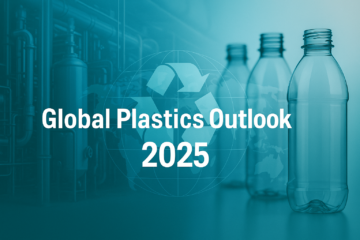Introduction
This guide provides an overview of key compliance aspects, best practices, and resources to help you navigate the complex landscape of PET packaging regulations.
Global Regulatory Frameworks
United States: FDA & AAFCO Guidelines
FDA Regulations: The U.S. Food and Drug Administration mandates that materials in contact with food must be safe and not transfer harmful substances.
AAFCO Standards: The Association of American Feed Control Officials provides labeling guidelines for pet food products, ensuring transparency and safety.
European Union: EU No 10/2011
EU Regulation No 10/2011: This regulation outlines the safety requirements for plastic materials intended to come into contact with food, including specific migration limits and authorized substances. Read more details
Australia & New Zealand: APCO Guidelines
APCO Quickstart Guide: The Australian Packaging Covenant Organisation provides strategies to improve the recyclability of PET packaging, emphasizing design considerations and material choices. Read more details
Designing for Recyclability
To enhance the recyclability of PET packaging:
Material Selection: Use mono-material PET to facilitate recycling processes.
Avoid Contaminants: Steer clear of additives or labels that hinder recyclability.
Design Considerations: Opt for clear or light-colored PET and minimize the use of inks and adhesives.
Compliance Best Practices
Documentation: Maintain a Declaration of Compliance (DoC) for all PET products, detailing the materials used and their compliance with relevant regulations.
Testing: Conduct migration testing to ensure that substances do not transfer from packaging to food beyond permissible limits.
Labeling: Ensure labels meet regional requirements, including material identification codes and recycling symbols.

